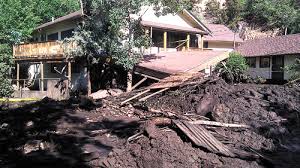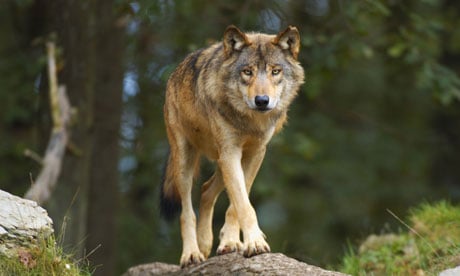I think it’s interesting to compare and contrast how we think about different kinds of resources use. There are many oil and gas wells on public lands, as well, so this is a bit out of our normal sphere but relevant to this blog.
I think when people in environmental groups focus on “don’t do it”, when the action continues to happen, there is less emphasis on “doing practices better and reducing the environmental impact.” Or perhaps because environmental lawyers are very active in these groups, and don’t feel as comfortable with the nitty-gritty of operations?
Back when I worked for the Forest Service, I was in discussions with environmental folks in the Administration (not this one) about potentially requiring oil and gas operators who work on public land to have an independently audited EMS. When I look back I wonder if the conversation might be different today if that had happened.
Now I know that many readers hate EMS the way the Forest Service did it. And it gets mixed up with sustainable forest certification..which is about being audited to external standards. But when we were exploring the use of EMS back then, we did find a few things about some gas and others wells and got them fixed, and looked at how to systematically improve things so that the problem didn’t happen again.
The idea that people figure out where their environmental impacts are, and use continuous improvement practices to reduce the environmental effects, and the work is watched by independent folks (and funded by the companies themselves, not the taxpayers) .. seem like that could help build and share knowledge.
It would be a good story to tell, it seems to me, how they are working to make their operations safer to workers and the environment and reduce environmental impacts. Maybe they are, and that’s not being covered in the press(??).
Here is an article from the Denver Post on the State of Colorado grappling with the increase in oil and gas operations. It seems to me like they could learn something from the experience of state and others regulating forest practices.
State enforcers also are trying to shore up protection for wildlife habitat.
A Colorado Parks and Wildlife team is updating maps of sensitive habitat where drillers must consult with biologists. Proposed changes, if approved, would lead to 2 percent net increase in areas where surface activities are restricted and a 10 percent net increase in designated sensitive habitat.
“In some cases, new wells will be subject to consultation” with state biologists, Lepore said. “In others, this requirement may no longer apply.”
The overall number of state inspectors is expected to increase to keep pace with the expanding oil and gas operations.
COGCC enforcement currently has 15 inspectors who are charged with monitoring operations at about 51,000 active wells statewide, in addition to oversight of waste disposal and cleanup at depleted drilling sites.
Those inspectors physically visited 6,179 industry sites this year and conducted inspections of 10,678 wells, state data show, confirmed by Lepore. COGCC supervisors this month are interviewing candidates for six new positions. They plan to hire another six by early 2014, which would bring the total to 27.
“More inspectors on staff,” Lepore said, “will mean that more inspections are conducted.”
Three inspectors are to be equipped with infra-red cameras to detect toxic leaks. One camera in use is borrowed from the Regional Air Quality Council. COGCC officials recently purchased two more. While the cameras cannot measure how much has leaked, they can help pinpoint the source.
Infra-red cameras, Lepore said, “are another tool to promote best practices and to reduce impacts.”

